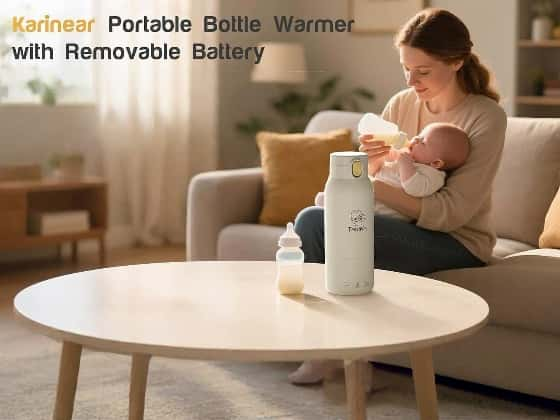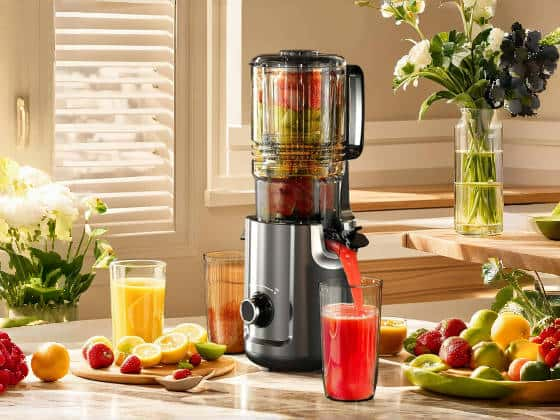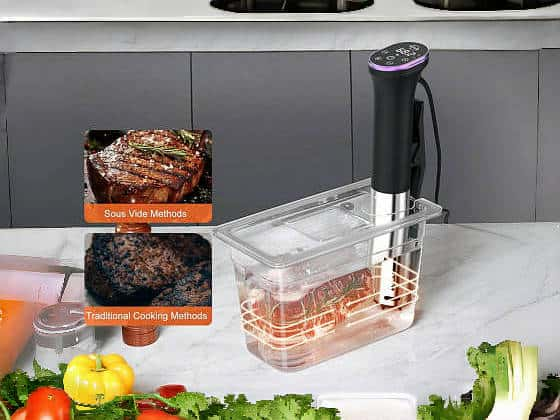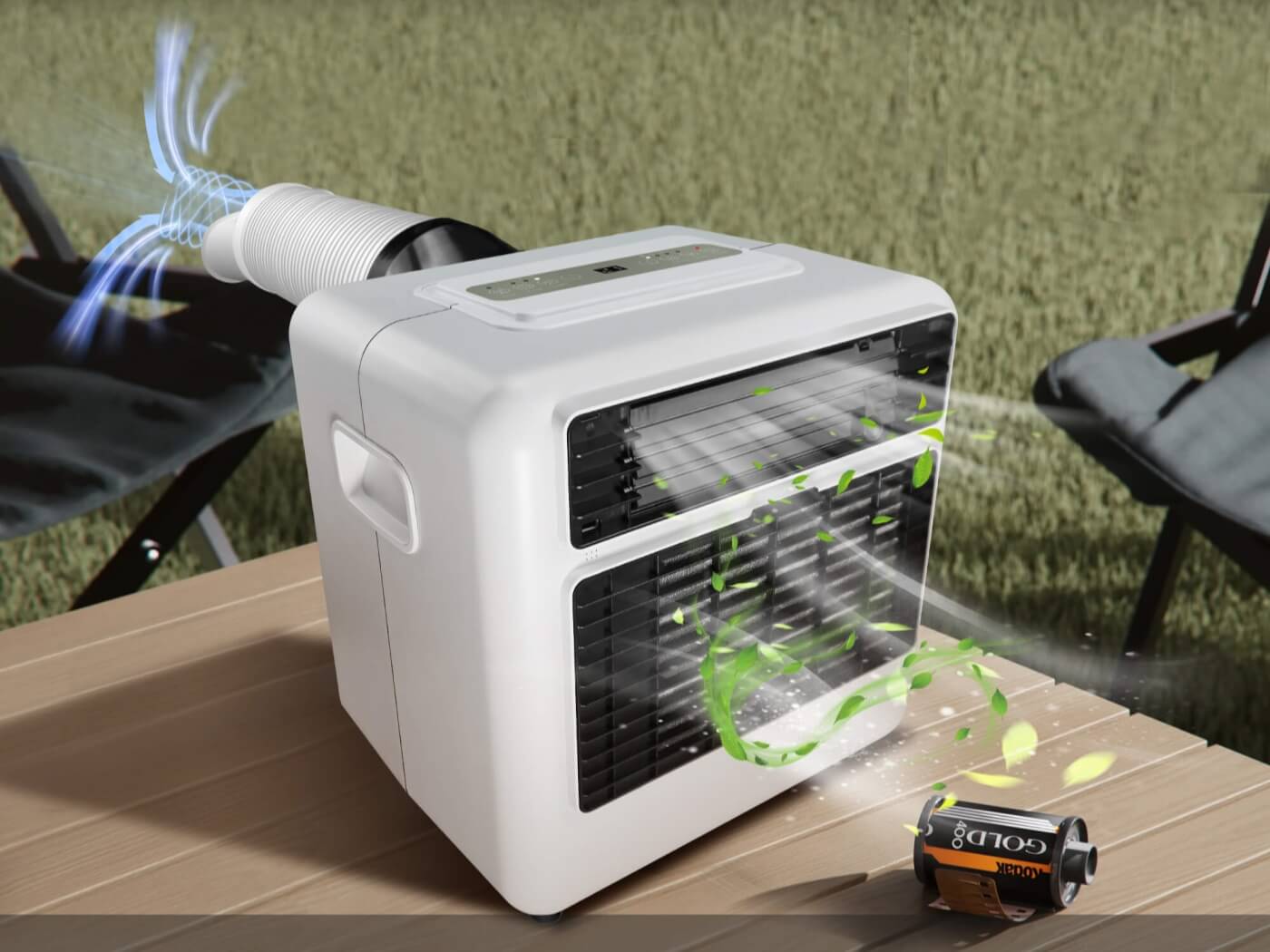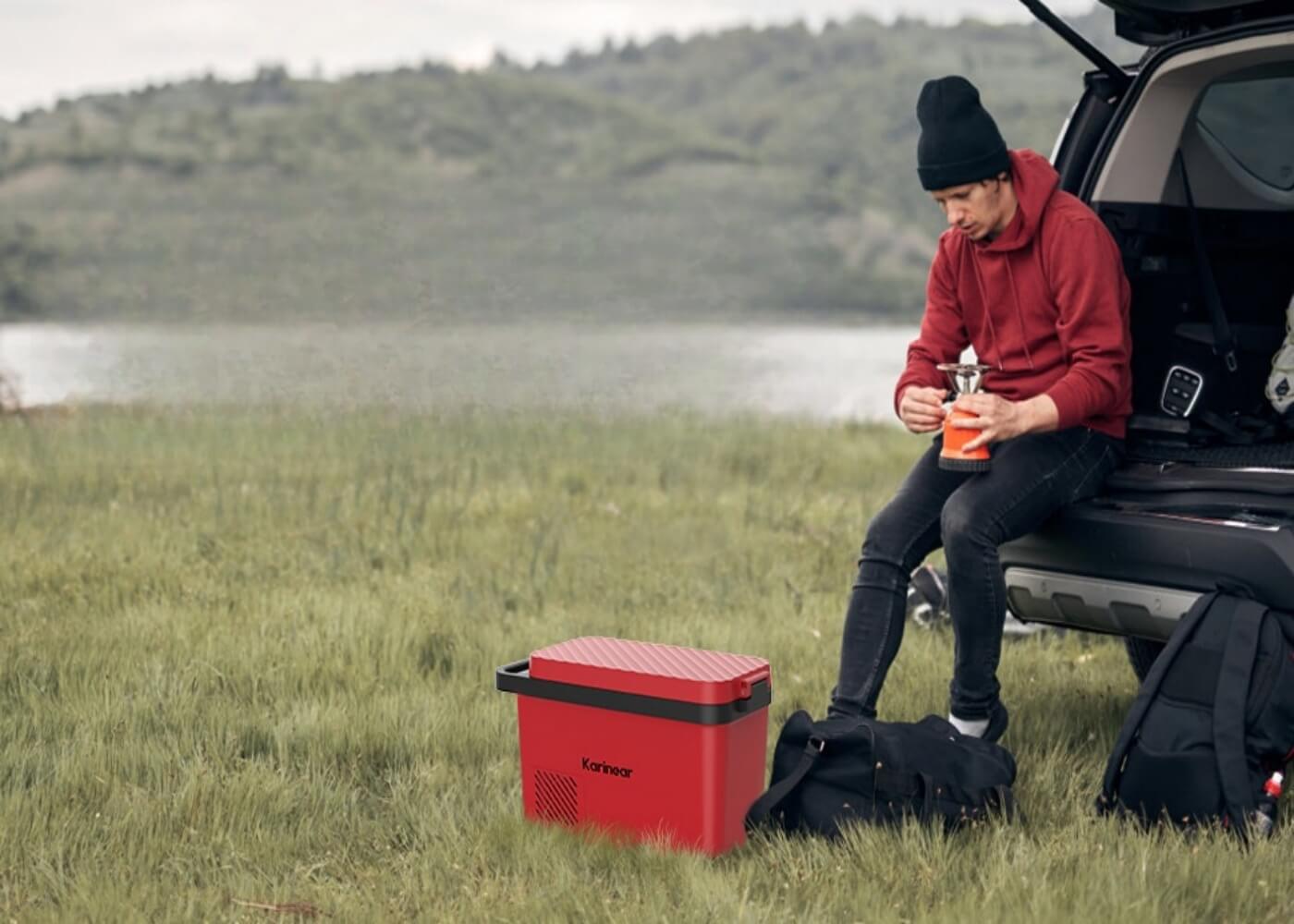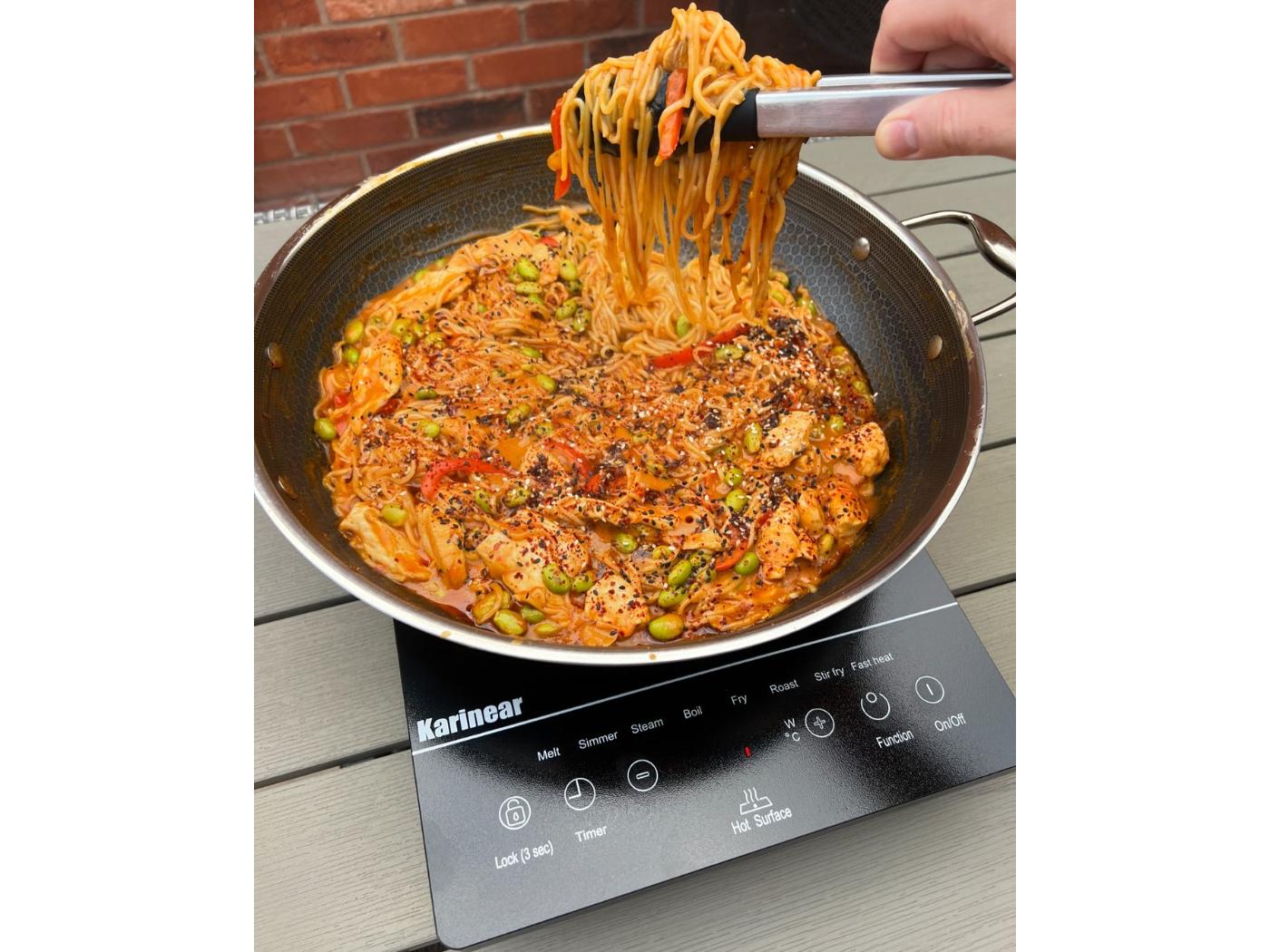
As the summer heat intensifies, the quest for cool comfort becomes increasingly urgent. In this sweltering climate, portable air conditioners have emerged as a game-changer, offering a convenient and efficient solution to beat the heat. These versatile units are designed to provide on-demand cooling, making them an ideal choice for spaces without central air conditioning or areas where traditional window units are not an option.
Portable air conditioners have become a popular choice for homeowners, renters, and businesses alike, thanks to their ease of use and flexibility. Whether you're looking to cool a single room, a small office, or a temporary living space, these units offer a practical and cost-effective solution. In this comprehensive guide, we'll delve into the inner workings of portable air conditioners, exploring their components, advantages, and suitability for various settings.
The working principle of portable air conditioner
At the heart of a portable air conditioner lies a simple yet ingenious principle: the transfer of heat from one place to another. These units are designed to remove warm air from the room, cool it down, and then circulate the chilled air back into the space. This process is achieved through a series of interconnected components that work in harmony to create a comfortable and refreshing environment.
The air conditioning cycle begins with the intake of warm air from the room, which is drawn into the unit by a fan. This warm air then passes over a set of cold coils, known as the evaporator coils. These coils are filled with a refrigerant, a specialized liquid that absorbs heat from the air as it evaporates. As the warm air comes into contact with the cold coils, the heat is transferred from the air to the refrigerant, effectively cooling the air.
The now-cooled air is then circulated back into the room through another set of vents, providing a refreshing and comfortable atmosphere. Meanwhile, the refrigerant, now in its gaseous state and carrying the absorbed heat, is pumped through a compressor, which increases its pressure and temperature.
This hot, compressed refrigerant gas then enters the condenser coils, where it releases the absorbed heat to the outside air. A second fan, typically located at the back or side of the unit, helps dissipate this heat by drawing in fresh air from the outside and expelling the hot air through an exhaust hose or vent.
Once the heat has been released, the refrigerant returns to its liquid state, and the cycle repeats, continuously removing heat from the room and maintaining a comfortable temperature.
Components of a portable air conditioner
Compressor: This is the heart of the air conditioning system. The compressor is responsible for circulating the refrigerant through the various components and maintaining the pressure and temperature necessary for the cooling process.
Evaporator Coils: These coils are responsible for absorbing heat from the air inside the room. As warm air passes over the cold evaporator coils, the heat is transferred to the refrigerant, effectively cooling the air.
Condenser Coils: Located outside the unit, the condenser coils release the heat absorbed by the refrigerant to the outside air. This process is facilitated by the condenser fan, which draws in fresh air and expels the hot air through the exhaust hose or vent.
Fans: Portable air conditioners typically have two fans: an intake fan that draws warm air from the room over the evaporator coils, and an exhaust fan that expels the hot air from the condenser coils to the outside.
Air Filters: These filters help remove dust, pollen, and other airborne particles from the air, ensuring that the unit operates efficiently and circulates clean air throughout the room.
Refrigerant: The refrigerant is the lifeblood of the air conditioning system. It is a specialized liquid that absorbs heat from the air inside the room and releases it outside, enabling the cooling process.
Control Panel: Must portable air conditioners feature a user-friendly control panel that allows you to adjust the temperature, fan speed, and other settings to suit your preferences.
Exhaust Hose: This flexible hose is used to expel the hot air from the condenser coils to the outside, typically through a window or a vent.
Conclusion
Portable air conditioners offer a convenient and practical solution for beating the heat in various settings. Whether you're looking to cool a small apartment, a home office, or a temporary living space, these versatile units can provide the comfort you need without the hassle and expense of a permanent installation.



